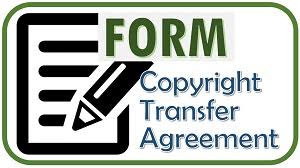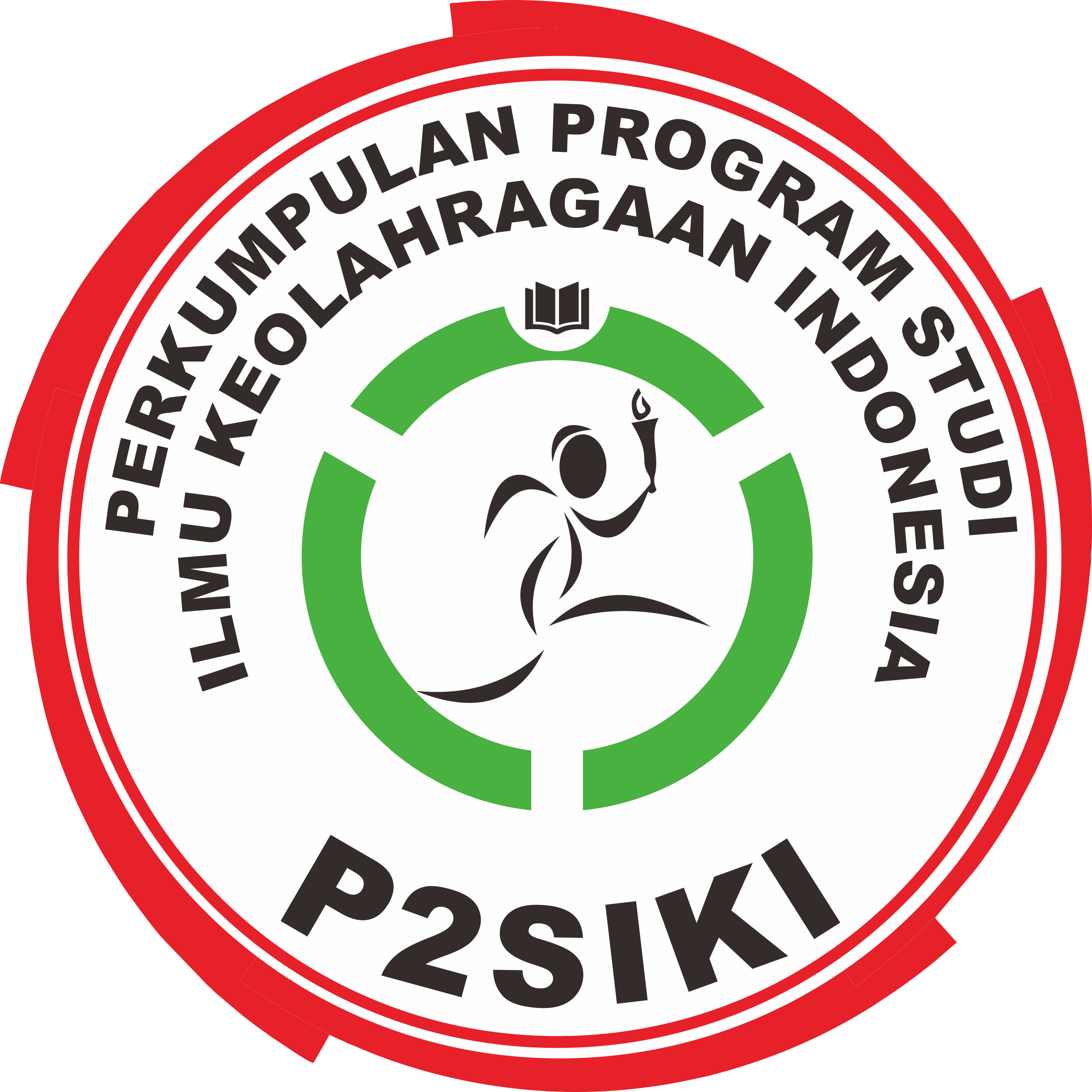Perbedaan Kadar Kolesterol HDL pada Latihan Aerobik yang Diberikan Madu dan Tanpa Madu
(1) Jurusan Ilmu Keolahragaan Fakultas Ilmu Keolahragaan Universitas Negeri Semarang
Abstract
The aimed to determine the effect of aerobic exercise run 2.4 km and supplemented honey 50 g of differences HDL cholesterol (High Density Lipoprotein). This study is an intervention study with RCTs (randomized
controlled clinical trials). A total of 30 male subjects were randomly selected from the Faculty of Sport Science students aged 18-23 years. Subjects were divided into 2 groups, treatment group 1 (n = 15) were given only aerobic exercise running 2.4 km; treatment group 2 (n = 15) were given aerobic exercise running 2.4 km and honey 50 g for 1 month, 3 times / week. To analyze differences in HDL cholesterol changes on two groups of Independent T test analysis was used. Results: There were significant differences in HDL cholesterol difference between the treatment groups (aerobic exercise running 2.4 km and supplemented honey 50 g) in the control group (aerobic training running 2.4 km). Conclusion: Aerobic exercise of running 2.4 km and effect supplemented honey for increasing on HDL cholesterol.
Keywords
Full Text:
PDFReferences
Alvarez-Suarez JM, Tulipani S, Romandini S, Bertoli E, Battino M. 2010. Contribution of honey in nutrition and human health: a review. Mediterr J Nutr Metab.;3:15–23.
Barter PJ, Nicholls S, Rye KA, Anantharamaiah GM, Navab M, Fogelman AM. 2004. Antiinflammatory Properties of HDL. Circ Res.;95:764-72.
Barter P. 2005. The role of HDL-cholesterol in preventing atherosclerotic disease. Eur Heart J Suppl. ;7,4–8.
Bogdanov S. 2009. Honey for Nutrition and Health. Book of Honey: 7.
Borchers J. 2009. Preventive Cardiology Clinic: Nutrition and Lifestyle Recomendations for People with PreDiabetes, Stanford Hospital and Clinics.
Erejuwa OO, Sulaiman SA, Ab Wahab. 2012. Honey A Novel Antidiabetic Agent. Int J. Biol. Sci.;8(6):913934.
Gamal N, Mahmoud S. Honey. 2009. College of Pharmacy: Misr University for Science and Technology ;3(7).
Han KH, Han KO, Green SR, Uehenberger O. 1999. Expression of the monocyte hemoattractant protein-1 receptor CCR2 is increased in hypercholesterolemia: differential effects of plasma lipoproteins on monocyte function. J Lipid Res. ;40:105363.
Hegazi AG, Abd El-Hady FK. 2009. Influence of Honey on the uppression of Human Low Density Lipoprotein (LDL) Peroxidation (In vitro). eCAM
;6(1):113–21.
Howarth KR, LeBlanc PJ, Heigenhauser GJF, Gibala MJ. 2004. Effect of endurance training on muscle TCA cycle metabolism during exercise in humans. J Appl Physiol;97:579-84.
Kelley GA, Kelley KS, Franklin B. 2006. Aerobic Exercise and Lipids and Lipoproteins in Patients With Cardiovascular Disease: A Meta-Analysis of Randomized Controlled Trials. J Cardiopulm Rehabil. ;26(3):131–44.
Kraus WE, Houmard JA, Duscha BD, Knetzger KJ, WhartonMB, McCartney JS, Bales CW, Henes S, Samsa GP, Otvos JD, Kulkarni KR, Slentz CA. 2002. Effect of The Amount and Intensity of Exercise. N Engl J Med.;347(19):1483–92.
Kreider RB, Earnest CP, Lundberg J, Rasmussen C, Greenwood M, Cowan P, Almada AL. 2007. Effects of ingesting protein with various forms of carbohy drate following resistance-exercise on substrate availability and markers of anabolism, catabolism, and immunity. Journal of the International Society of Sports Nutrition;4:18.
Molan P.C. 2006. Using Honey in Wound Care. International Journal of Clinical Aromatherapy ;3(2).
Murrel GAC, Francis MJO, Bromley L. 1990. Modulation of fibroblast proliferation by oxygen free radicals. Biochem. J. ;265;659-65.
Mushtaq Re, Mushtaq Ru, Tasawar ZK. 2011. Effect of Natural Honey on Lipid Profile and Body Weight in Normal Weight and Obese Adults: A Randomized Clinical Trial. Pakistan J. Zool.;43(1):161–9.
Mushtaq Re, Mushtaq Ru, Tasawar ZK. 2011. Effect of Natural Honey on Lipid Profile and Body Weight in Normal Weight and Obese Adults: A Randomized Clinical Trial. Pakistan J. Zool ;43(1):161–9.
Powers SK, Howley ET. 2009. Hormonal Responses to Exercise. Razavian SM, Atger V, Giral P, Cambillau M, Del-Pino M, Simon AC, Moatti N, Levenson J. 1994. Influence of HDL subfractions on erythrocyte aggregation in hypercholesterolemic men. Arterioscler Thromb Vasc Biol ;14:361-6.
Sheriff M, Tukur MA, Bilkisu MM, Sera S, Falmata AS. 2011. The effect of oral administration of honey and glucophage alone or their combination on the serum biochemical parameters of induced diabetic rats. Res. Pharm. Biotech. ;3(9):118-22.
Sala F, Luigi AC, Danilo GNorata. 2009. High density lipoproteins and atherosclerosis: emerging aspects. J Geriatr Cardiol ;9: 401−7.
Sudibyo P. 2013. Fisiologi Olahraga. UNY. Yogyakarta.
Stoedefalke K. 2007. Effects of exercise training on blood lipids and lipoproteins in children and Adolescents. J Sports Sc & Med.;6:313-8.
Textbooks on Exercise Physiology. Physiologic Responses and Long-Term Adaptations to Exercise; Chapter 3. (online). http://www.cdc.gov/nccdphp/sgr/pdf/chap3.pdf diakses 10 Juni 2012
Widiyanto. 2013. Latihan fisik dan laktat. UNY. Yogyakarta.
Wong SHS, Siu PM, Lok A, Chen YJ, Morris J, Lam CW. 2008. Effect of the glycaemic index of pre-exercise carbohydrate meals on running performance. European Journal of Sport Science;8(1):23–33.
Xia Pu, Vadas MA, Rye KA, Barter PJ, Gamble JR. 1999. High Density Lipoproteins (HDL) Interrupt the Sphingosine Kinase Signaling Pathway. J. Biol. Chem.;274:33143-47.
Yaghoobi N, Al-Waili N, Ghayour-Mobarhan M, Parizadeh SMR, Abasalti Z, Yaghoobi Z, Yaghoobi F, Esmaeili H, Kazemi-Bajestani SMR, Aghasizadeh R, Saloom KY, Ferns GAA. 2008. Natural Honey and Cardiovascular Risk Factors; Effects on Blood Glucose, Cholesterol, Triacylglycerole, CRP, and Body Weight Compared with Sucrose. The Scientific World Journal ;8:463–9.
Yaghoobi N, Al-Waili N, Ghayour-Mobarhan M, Parizadeh SMR, Abasalti Z, Yaghoobi Z, Yaghoobi F, Esmaeili H, Kazemi-Bajestani SMR, Aghasizadeh R, Saloom KY, Ferns GAA. 2008. Natural Honey and Cardiovascular Risk Factors; Effects on Blood Glucose, Cholesterol, Triacylglycerole, CRP, and Body Weight Compared with Sucrose. The Scientific World Journal.;8:463–9.
Refbacks
- There are currently no refbacks.
Published by:
Department of Sport Science, Universitas Negeri Semarang
Gd. F1 Lt. 1 FIK-UNNES, Jalan Raya Sekaran Gunungpati Semarang Indonesia 50229, Telp/Fax: (024) 8508007
This work is licensed under a Creative Commons Attribution 4.0 International License.




